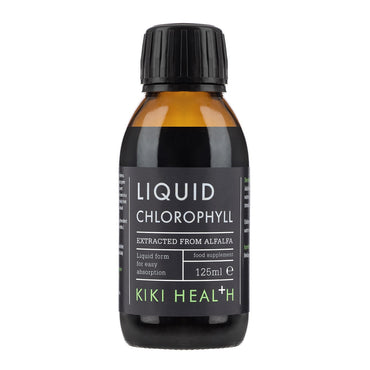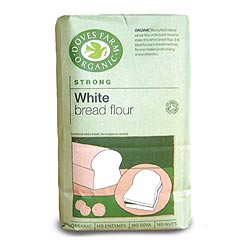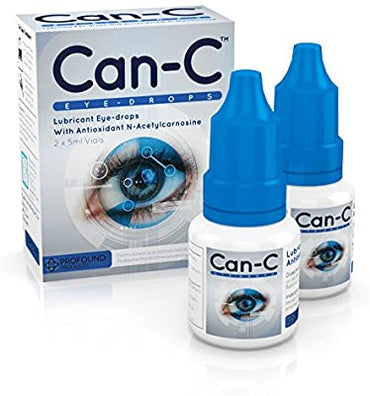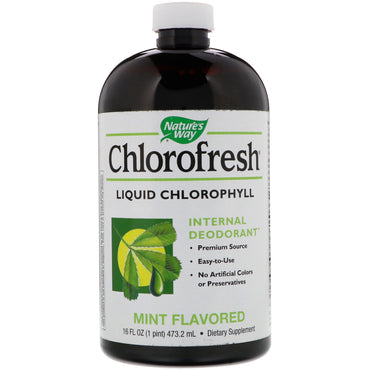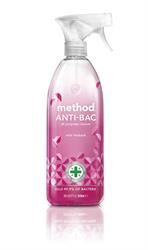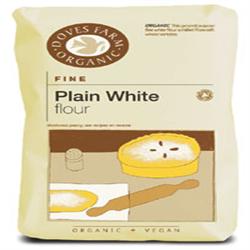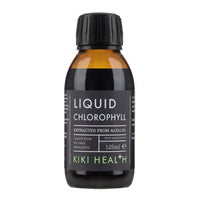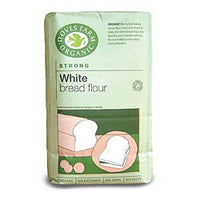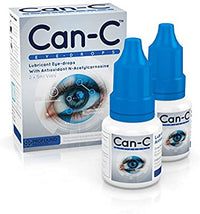

Frontier Natural Products, Cut & Sifted Burdock Root, 16 oz (453 g)
$37
Disclaimer
While VITAMINSUK strives to ensure the accuracy of its product images and information, some manufacturing changes to packaging and/or ingredients may be pending update on our site. Although items may occasionally ship with alternate packaging, freshness is always guaranteed. We recommend that you read labels, warnings and directions of all products before use and not rely solely on the information provided by VITAMINSUK
This product is not intended to diagnose, treat, cure, or prevent any diseases.
Arctium Lappa USDA Herbal Supplement Kosher Certified by QAI Burdock root is a popular folk remedy, and the fresh root is also a tasty vegetable. It is a superior tonic herb and alterative herb. Burdock has a special affinity for the skin and is used in all types of skin preparations. It also makes a pleasant tasting tea. The Plant: Burdock is a wide-ranging plant, native or naturalized across North America, Europe and Asia. Usually a biennial, it consists of a rosette of leaves the first year, becoming tall and stately when it is in full bloom in the second year. It can grow up to ten feet tall and three feet wide. It's large, broad leaves, which resemble rhubarb leaves, are bright green with the undersides covered with white, wooly hairs. The flowers are purple and thistle-like in appearance. The burr-like fruits stick to clothing and animal fur and can be painful to remove. Burdock has a long, slender taproot that can grow up to three feet deep. It is commonly found in waste areas and is often considered an annoying weed because of its large size, clinging burs and persistent growth. The taproot is the part used as the herb. It should be harvested in the fall of the first year, since inulin levels will be highest then. In the spring, the root is more depleted of its energy — and once the roots start to grow, they are considered too weak to be useful. Constituents of Note: Inulin is the most abundant constituent of burdock, being present at up to 45% in the root. Other constituents include mucilage, a tiny bit of essential oil, tannins and a number of plant acids. Quality: Burdock roots have a brown bark and a light tan or ivory interior. If the fresh root is damaged or cut, the part exposed to air turns dark — so good color is an indication of proper handling and drying of the fresh roots. Burdock root powder is tan in color with a faint aroma and a slightly sweet and bitter, mucilaginous taste. Did you know? Burdock is grown as a vegetable, primarily in Japan, where it is called gobo. The young roots are harvested before they become fibrous, are peeled to reveal the creamy interior, and then eaten raw, like carrots, as well as in soups and stir-fries. Gobo has a crunchy, somewhat sweet and starchy flavor, and when eaten as a vegetable it is a source of dietary potassium and magnesium. Burdock, like its relatives salsify and chicory, does not contain starch, but rather inulin, a non-starch alternative for energy storage for these roots.
Disclaimer
While VITAMINSUK strives to ensure the accuracy of its product images and information, some manufacturing changes to packaging and/or ingredients may be pending update on our site. Although items may occasionally ship with alternate packaging, freshness is always guaranteed. We recommend that you read labels, warnings and directions of all products before use and not rely solely on the information provided by VITAMINSUK
This product is not intended to diagnose, treat, cure, or prevent any diseases.
Related Products
Filter Collection...
- Aloe Vera
- Candida & Yeast Formulas
- Care Pantyliners
- Chocolate & Candy
- Conditioner
- Cups (Feminine)
- Day Moisturizers & Creams
- Essential Oils Fragrance
- Feminine Pads
- Moisturizers & Creams
- Nutritional Bars
- Other Herbs & Homeopathy
- Other Snacks
- Pasta Rice Grain & Bread
- Snack Bars
- Superfood
- Tampons
- Women's Multivitamins

